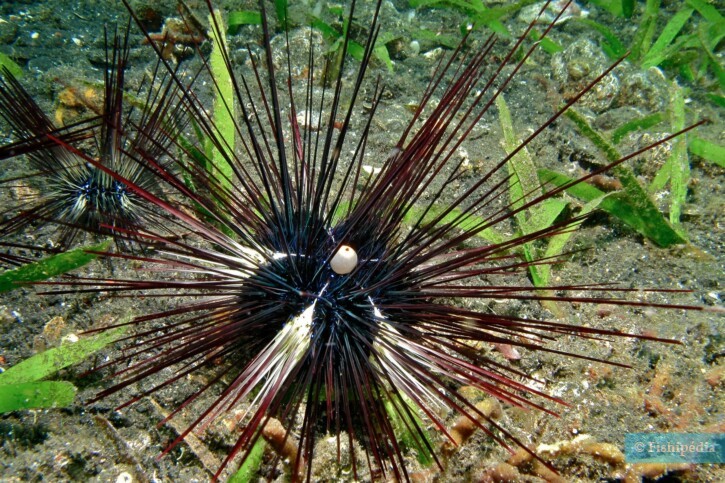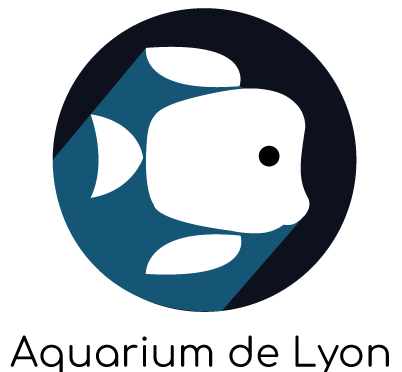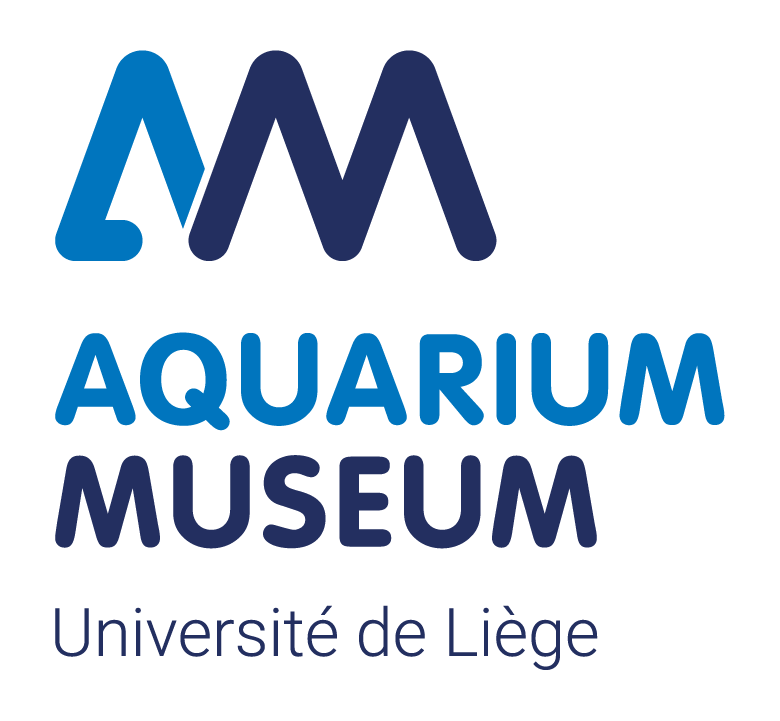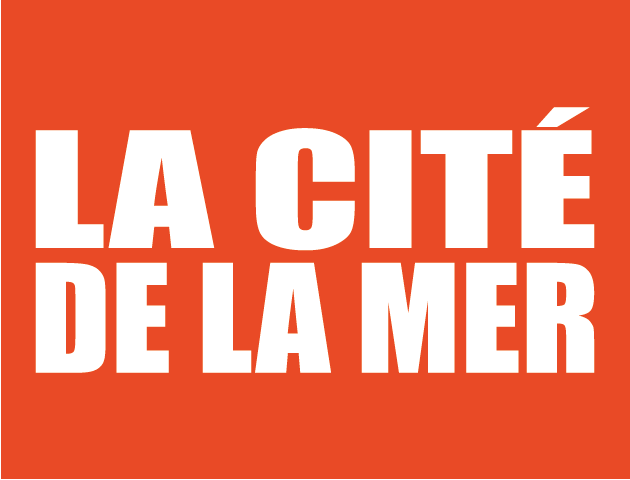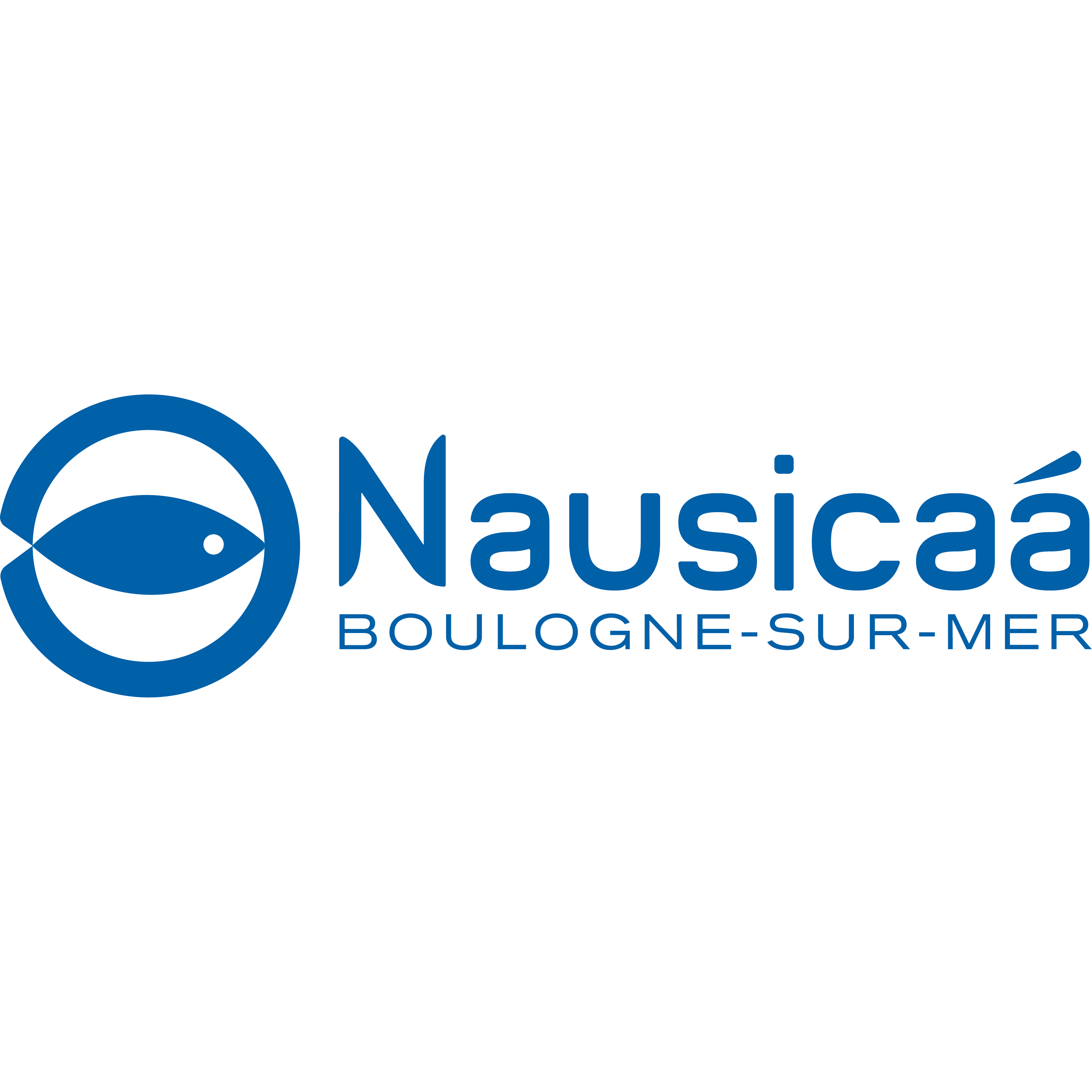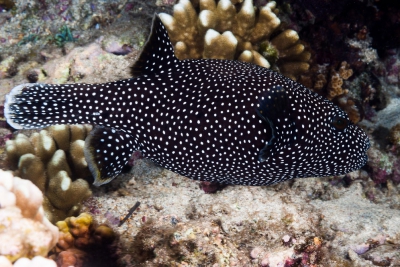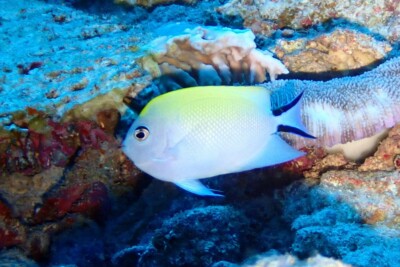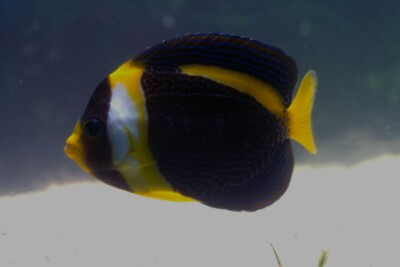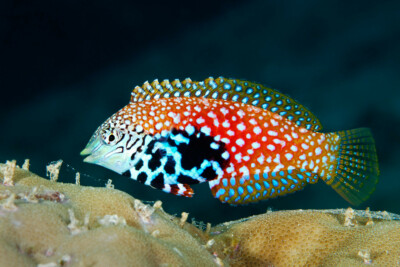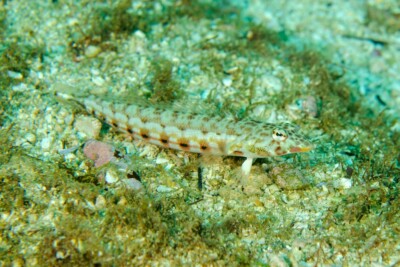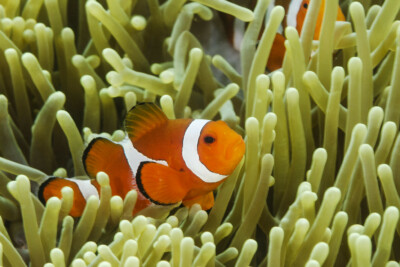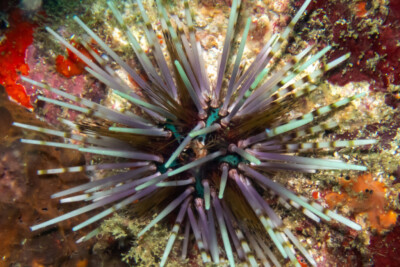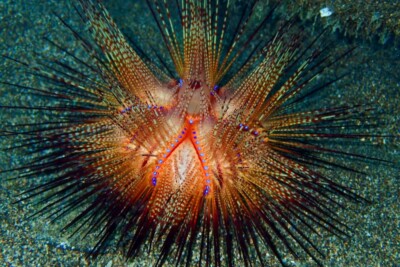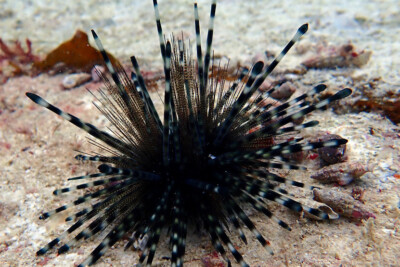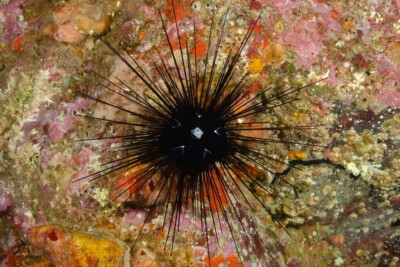porcupine sea urchin
| Scientific name | Diadema setosum |
|---|---|
| Descriptor | Leske |
| Year of description | 1778 |
| IUCN category (World) | NE |
| Family | Diadematidae |
| Genus | Diadema |
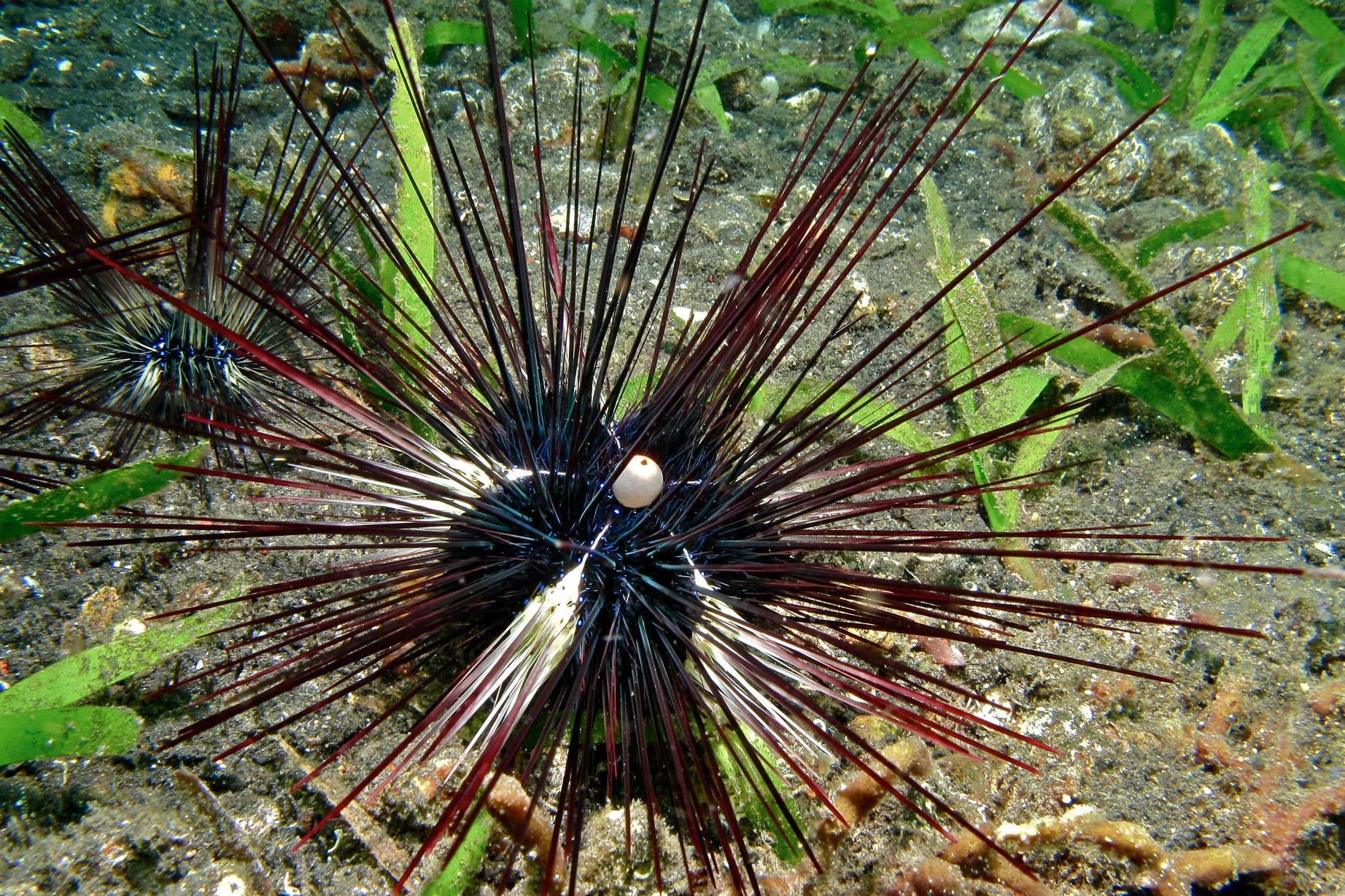

Introduction
Diadema setosum, commonly known as porcupine sea urchin, is a salt water echinoderm.
This sheet is currently being prepared. The texts currently proposed come from our data model or are being drafted. To request priority for this content, you can write to us HERE.
Who is it?
Morphology
-
Size6 - 9 cm
-
Longevity5 year
-
Size6 - 9 cm
-
Longevity5 year
How to recognize This echinoderm ?
The porcupine sea urchin measures between 6 and 9 cm. This echinoderm is unicolore with a predominantly noir body.
Behaviour & Life cycle
-
dietherbivorous
-
Sociabilityliving in a group or alone
-
territorialNo
-
Way of livingdiurnal
The porcupine sea urchin is an echinoderm living in a group or alone. This species is herbivorous .
Although the porcupine sea urchin is non-territorial, it is sometimes aggressive towards other species.
Reproduction
-
Reproductionovipare qui pond en eau libre
-
FertilizationExternal
-
Active sexual selectionNo
The porcupine sea urchin is an echinoderm ovipare qui pond en eau libre.
Risks for humans
-
VenomousNo
-
StingYes
Origin and distribution
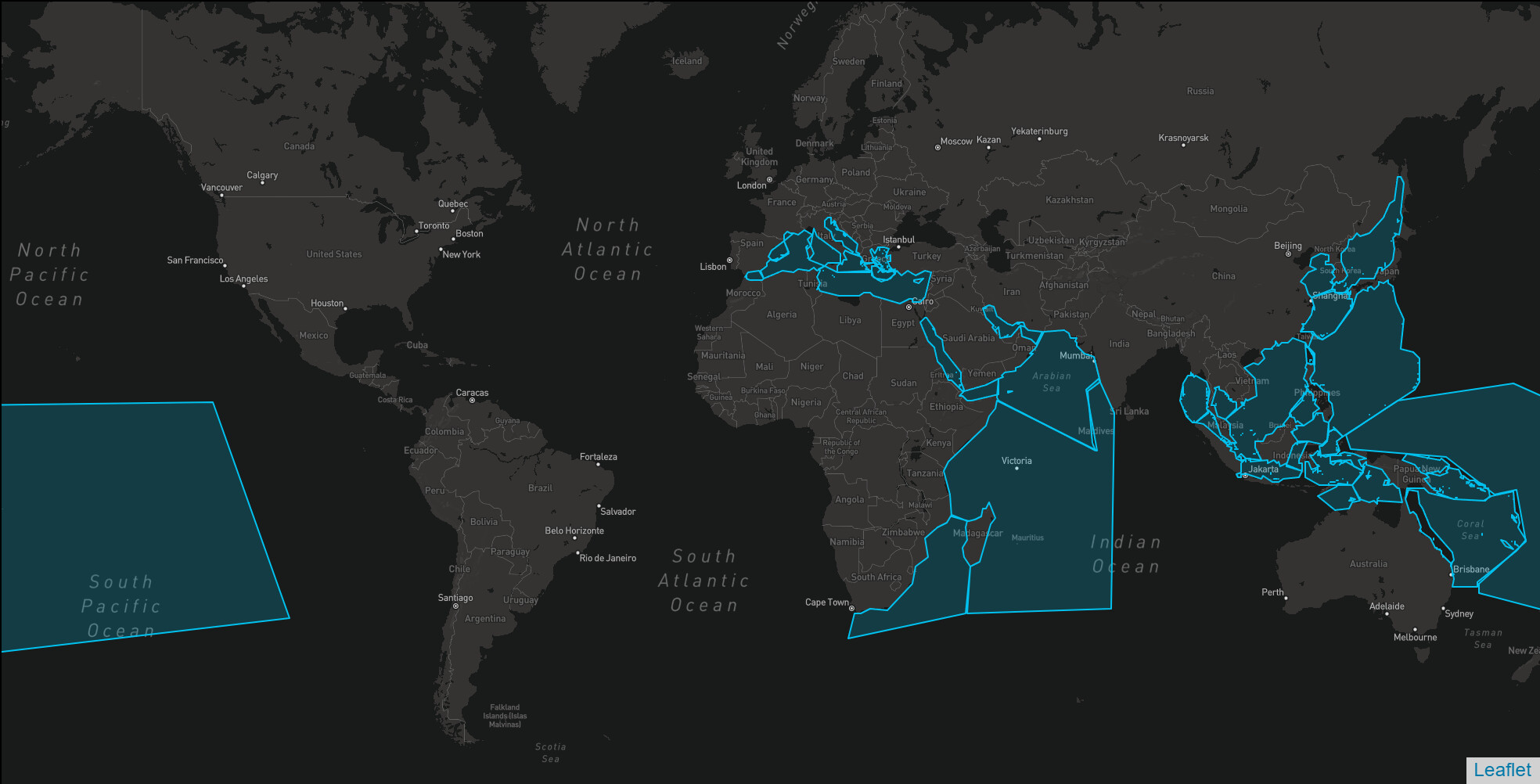
What is its habitat?
Natural environment characteristics
-
Depth0 - 70 m
Biotope presentation
The porcupine sea urchin is most often found at a depth between 0m and 70m. However, it is not impossible to find this species at other depths.
Species of the same biotope
To go further
Sources & Contributions
Participation & Validation
The Fishipedia team and specialist contributors are committed to providing high-quality content. However, although the information comes from scientific sources or testimonials from specialists, the cards may contain inaccuracies.

Aurélien Calas
Translation
Translation done with the valuable contribution of our translators, who make this information available to a wider audience. We sincerely thank them for their commitment.
Scientific partners
Tags
Species of the same family
Same genus
Species of the same biotope
